
09 Oct 2003

The Wild Parrots of Telegraph Hill
A homeless musician finds meaning in his life when he starts a friendship with dozens of parrots.
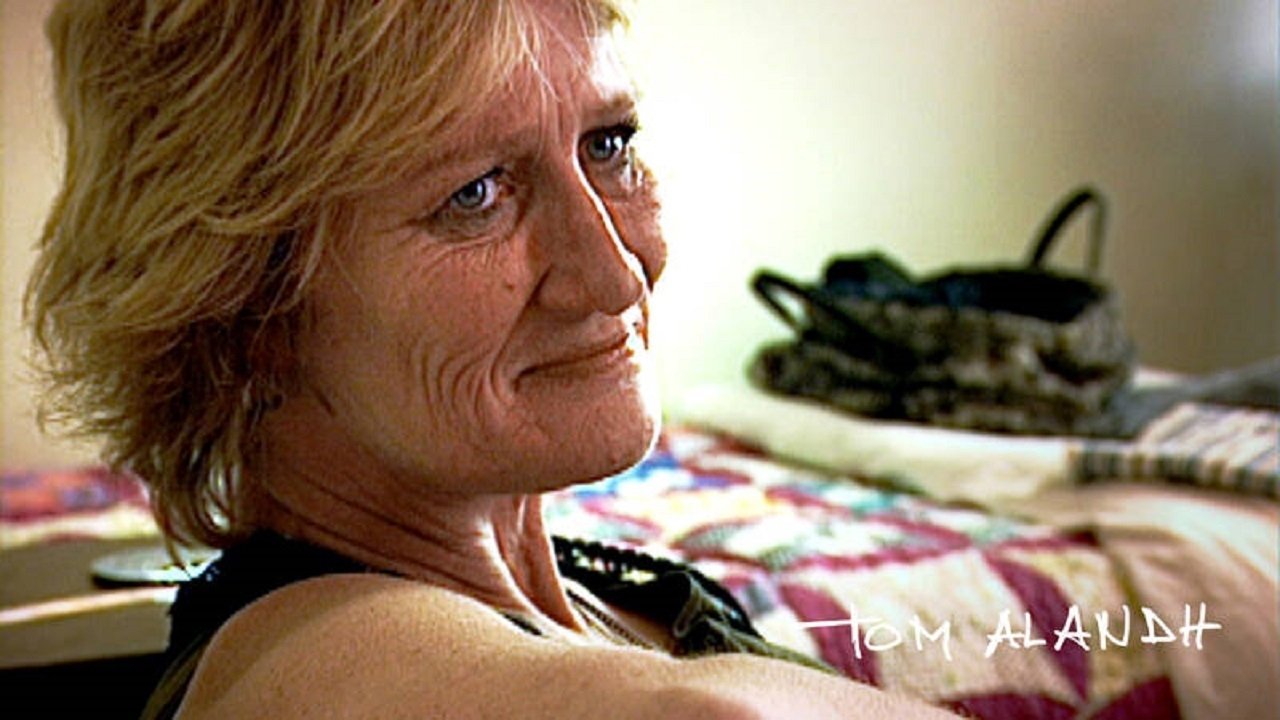
It has been three years since Tom Alandh made the film "Det svåra livet" about homeless drug addict Pia. This film shows what has happened to her since.
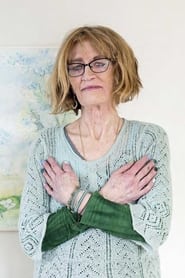
Self
Self
Self
Self
Self
Self

09 Oct 2003

A homeless musician finds meaning in his life when he starts a friendship with dozens of parrots.


Dirty Dave grimsley is a pint size blend of Randall McMurphy and "One flew over the cuckoo's nest" and George clooney's, Ulysses Everett McGill in "oh brother where art thou" also known as 'dammit man" and "Tom Sawyer" because of his profane hucksterism, Dave is a hard drinking leprechaun with the gift of gab, a heart of gold and not a pot to piss in. He runs a homeless camp while waiting for local authorities in Volusia county, Florida to donate public land for tiger Bay village, a community of services for adults who fall through the cracks.
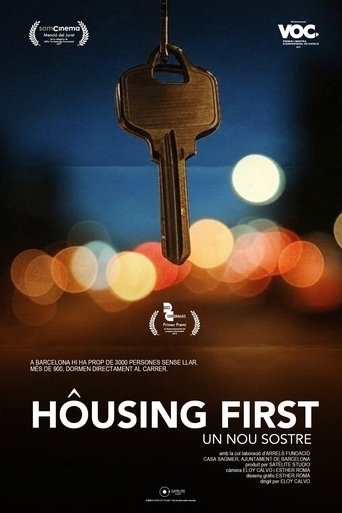
25 Nov 2016

Arrels Fundació's experience with housing first in the city of Barcelona, a policy that offers permanent housing to homeless people. The documentary features both professionals and volunteers from Arrels, as well as people like Lluís, Pedro, or Manuel, who already have their own homes.
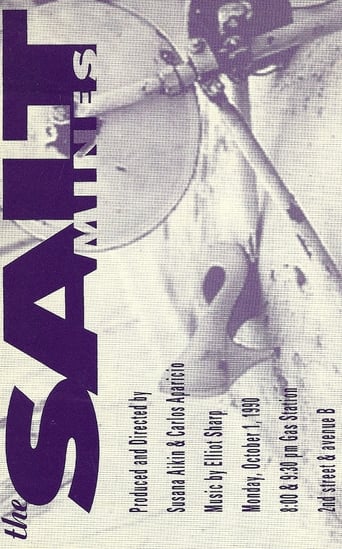
01 Oct 1990

Explores the lives of Sara, Gigi and Giovanna, three Latino transvestites who for years have lived on the streets of Manhattan supporting their drug addictions through prostitution. They made their temporary home inside broken garbage trucks that the Sanitation Department keeps next to the salt deposits used in the winter to melt the snow. The three friends share the place known as "The Salt Mines".
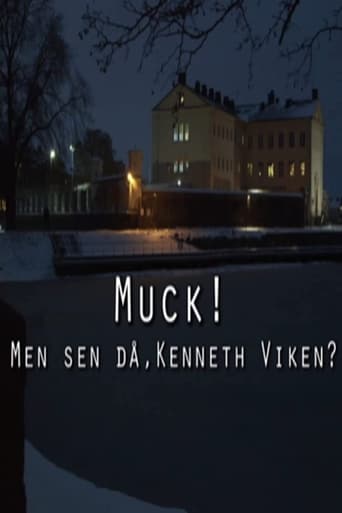
30 May 2017

For almost half of his life, Kenneth Viken has been in prison, and he does not know how many times he has been released, only to soon return . In January 2016 he is released again.
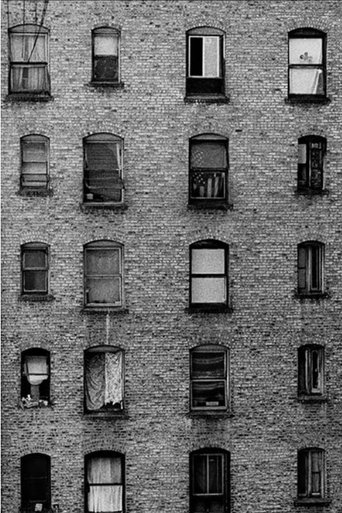
15 Nov 1994

1994 at the Ambassador Hotel, 55 Mason Street in the Tenderloin district of San Francisco, California. From 1978 to 1996, the hotel was managed by Hank Wilson, a San Francisco LGBT activist who made the hotel a model for harm reduction housing. 134 run-down and exhausted rooms populated by homeless men and women, sometimes even children. All of them in urgent need of care, compassion and humanity. Nobly provided by voluntarily working professional health care and social workers staff, various benefactors, volunteers, neighbors, and community contributions.
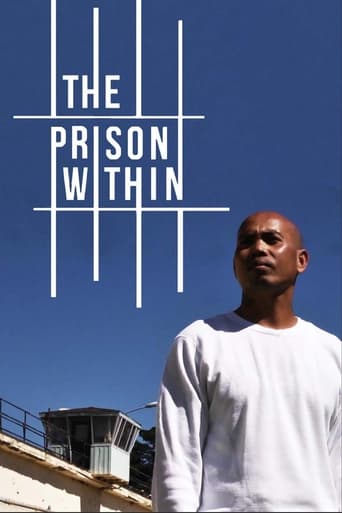
17 Jan 2020

Survivors of violent crimes and prisoners incarcerated for murder connect to undergo astonishing transformations, liberating themselves from the debilitating constraints of trauma, and shattering preconceptions of "us and them."

13 Oct 2022

A short documentary examining the consequence of time within the fragility of memory, exposing a sense of self, trapped within materiality and fantasy. We observe Chrystalla in her safe place, her home, reflecting on her childhood, her successful beauty business in 70s Cyprus and her deeply troubled marriage. Loneliness, abandonment and regret are prevailing themes within cycles of reflection, jest and contradiction.
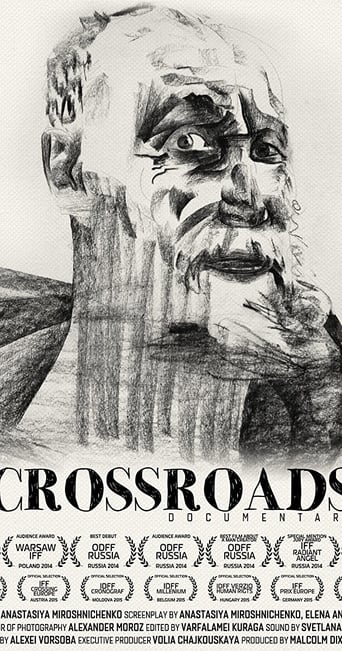
14 Oct 2014

Valery Liashkevich is a homeless artist who lives at a railway station and for over twenty years has painted pictures in the streets of the town of Gomel in Belarus. For the natives he is no more than a local attraction. For art critics he is a phenomenon worth close attention.
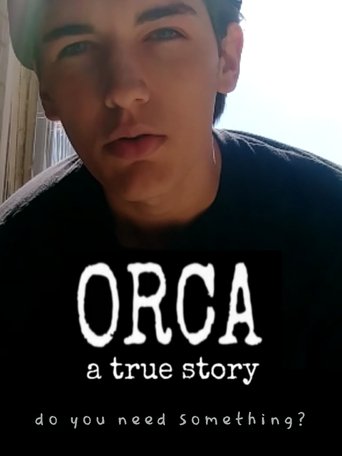
10 Nov 2017

Would you fall in love with a homeless person? Six years after Occupy Wall Street, Jehan is 42 years old and homeless on the streets of New York City. As she works to save money, get an apartment and return to a "normal" life, she decides that she would also like to get married. Would someone willing to put a dollar in her begging bag also be willing to fall in love with her? Can she find true love with a "normal" person?
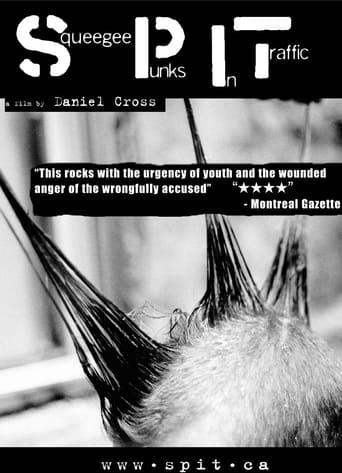
01 Jan 2001

We follow Roach, a 17-year-old ex-junkie and squeegee punk living on the streets of Toronto and Montreal. As part of the filmmaking process, he's been given a camera to document his world. The footage he gets is urgent, because there's a war against squeegee kids. This documentary is from the point of view of the kids themselves, in order to provide alternative voices. Roach's camera is positioned behind "enemy" lines: living in derelict buildings, squeegeeing for money, being hunted by police.
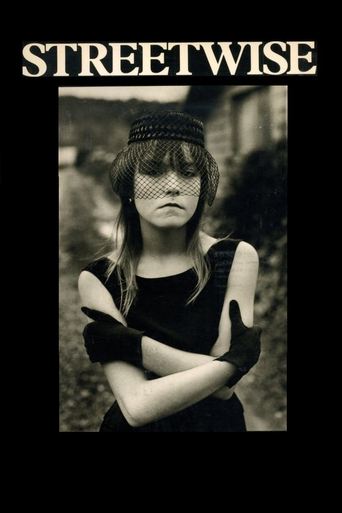
07 Dec 1984

This documentary about teenagers living on the streets in Seattle began as a magazine article. The film follows nine teenagers who discuss how they live by panhandling, prostitution, and petty theft.
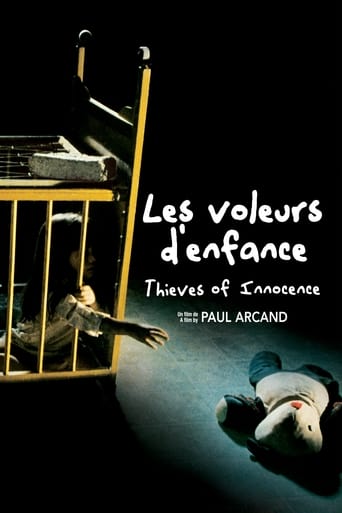
07 Oct 2005

Every year in Quebec, 25,000 reports of children being beaten, sexually abused or abandoned are retained by the Directorate of Youth Protection. And nearly 40% of babies who die in the province to die because of the violence of their parents. This explains the fact that nearly 30,000 children are supported by the DPJ until the age of 18. But this government agency is in a position to meet the needs of young people? Journalist and documentary filmmaker Paul Arcand presents the testimonies of children and adult victims of abuse of all kinds, and interviews politicians, social workers and members of the judiciary on their perception of the problem. In addition, Arcand denounces the carelessness of a bureaucratic system that does not always seem to be concerned about the well-being of those for whom they are responsible.
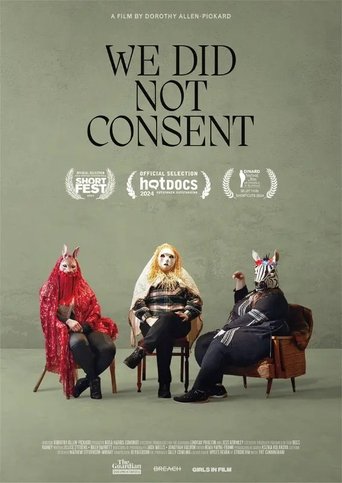
02 May 2024

For over 50 years, British undercover police officers have infiltrated activist groups, specifically targeting and manipulating women, forming romantic relationships and even having children with them. Now, three women don animal masks and revisit scenes from their past as animal-rights activists who were taken advantage of by spycops in order to reclaim their power, agency and narrative.
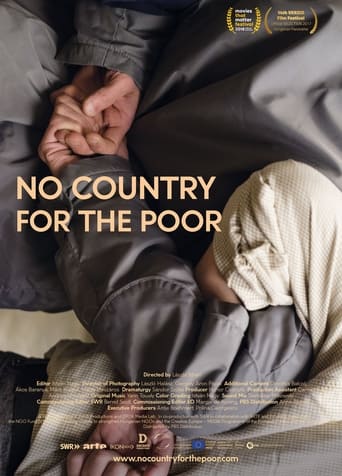
01 Jan 2017

What if democracy fails citizens by not serving them all equally? What if inequality becomes the norm and the most vulnerable citizens are left behind with no money, no home, no rights, and no country of their own? In Hungary, the government has slashed social benefits and criminalized homelessness, but a group of activists, homeless and middle class, is confronting authorities to defend social justice and their right to be citizens. After the tragic death of two of its founding members, the group feels that Hungary is growing more hostile and their struggle is more important than ever. Despite all odds, their own community keeps them going—a mini-society with democracy and solidarity at its heart, an island of hope, belonging and dignity in a society gradually shifting the other way.
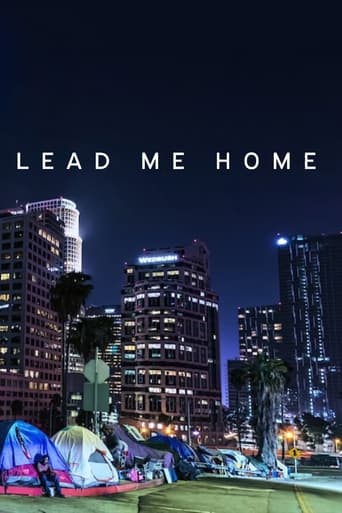
03 Sep 2021

Poignant stories of homelessness on the West Coast of the US frame this cinematic portrait of a surging humanitarian crisis.
05 Jul 2004
The film begins as a personal journey of filmmaker, Mary Healey, who was also a Catholic. She films a series of historic events where we meet key players involved in the sexual abuse scandal, including victims, whistle-blower priests and a senior ranking US Cardinal who is called upon by the Vatican to control a waxing maelstrom.
03 Apr 2007
In recent decades, more than 10,000 children reportedly were sexually abused by Catholic priests in the US. From behind the headlines, filmmaker Joe Cultrera tells the very personal story of how the crisis affected his family. It is the intimate story of how his brother, Paul, was molested in the 1960s by a priest who also reportedly abused nearly 100 other children. In an emotional film, the Cultrera family tells their story of faith betrayed.
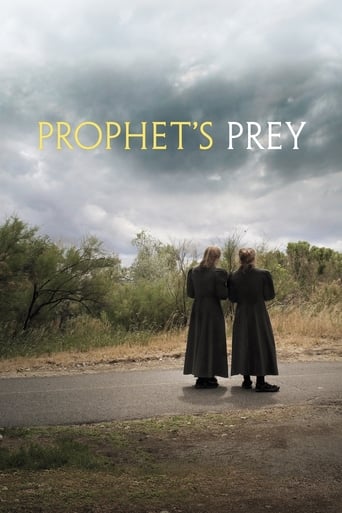
01 Aug 2015

Filmmaker Amy Berg sheds light on the sexual, financial and spiritual abuses heaped upon members of the Fundamentalist Church of Jesus Christ of Latter-day Saints by their former leader, Warren Jeffs.

01 Jan 2010

At the age of 10, Natascha Kampusch was kidnapped and held captive for eight years by a deranged man. In 2006, she managed to escape, and the world discovered an astonishingly articulate and intelligent young woman. Not only did Peter Reichard film 14 hours of conversations with Kampusch, but he was also the very first filmmaker to obtain exclusive access to the house where she was imprisoned. This is the most complete, explicit and revealing documentary in which Kampusch has participated.